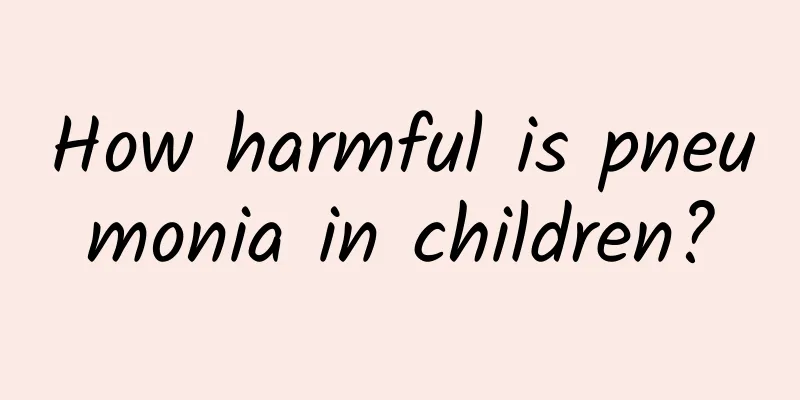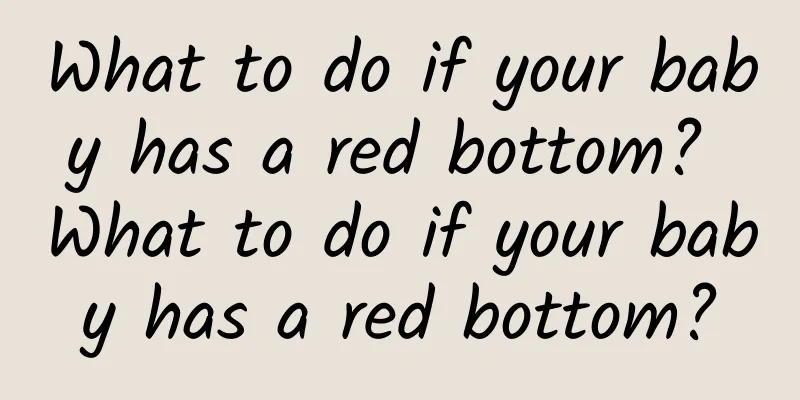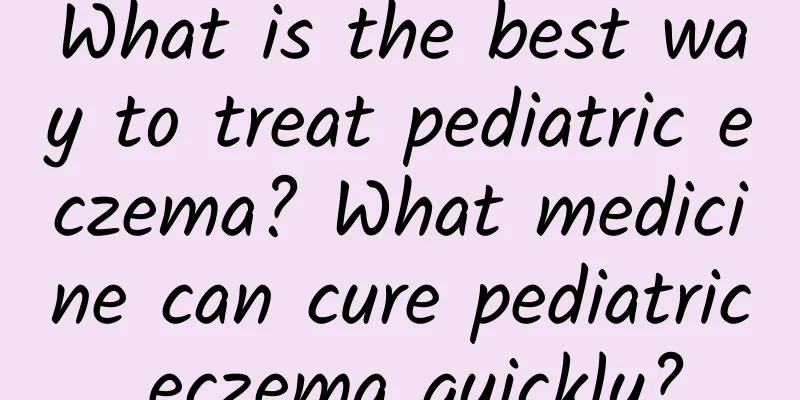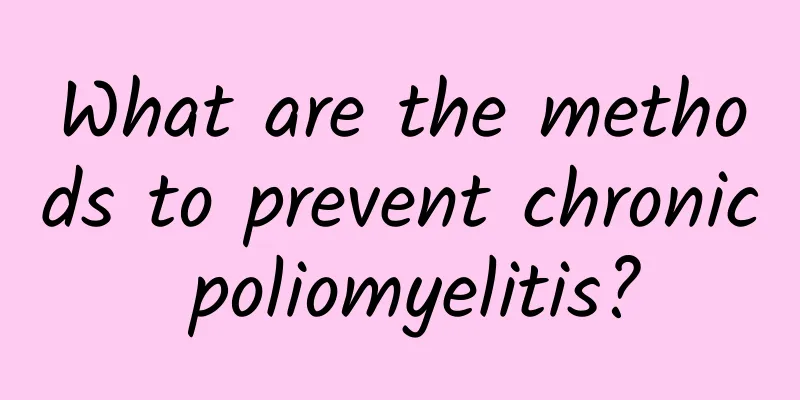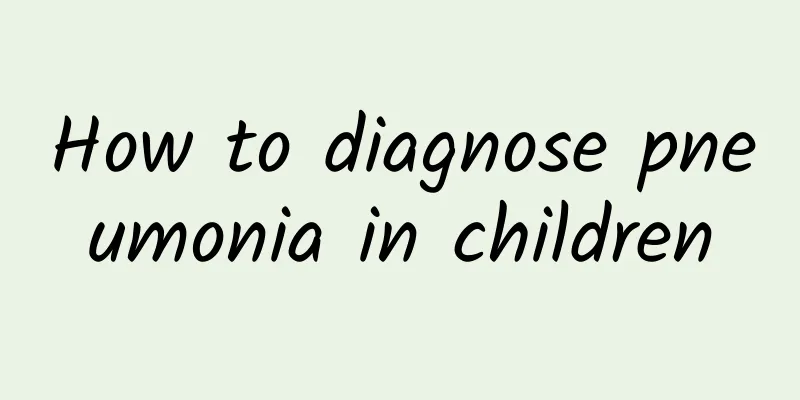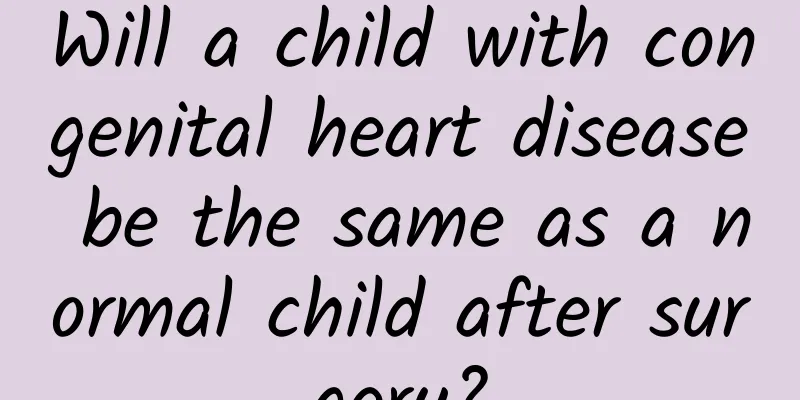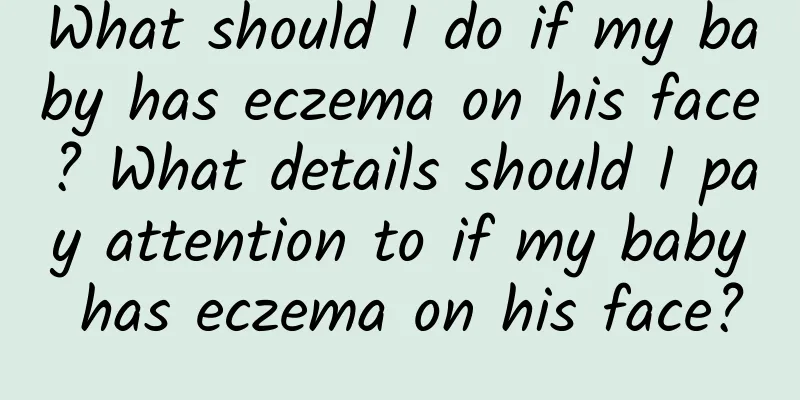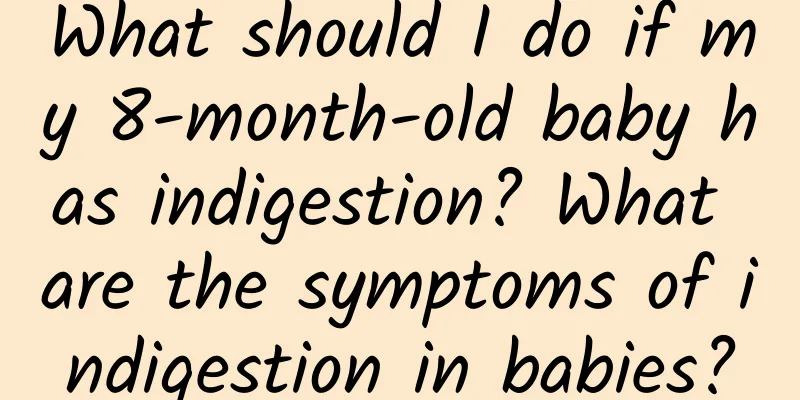How long does it take to treat hand, foot and mouth disease? 6 measures to prevent hand, foot and mouth disease

|
How many days does it usually take for hand, foot and mouth disease to heal? What are the measures to prevent hand, foot and mouth disease? Spring is the peak season for hand, foot and mouth disease, especially among children. This is also a big problem for every parent. We should always prevent our children from contracting hand, foot and mouth disease, take proper care, speed up the recovery of hand, foot and mouth disease, and enable our children to grow up healthily and stay away from these diseases. Generally speaking, hand, foot and mouth disease causes fever symptoms, the body temperature will rise significantly, and then scattered herpes will appear in the oral mucosa, herpes will also appear on the palms or soles of the feet, the buttocks will also be involved, and the child will have poor mental state and not want to eat and other symptoms. 1. Hand, foot and mouth disease can usually be cured in a few days Generally speaking, the symptoms of hand, foot and mouth disease will disappear within 7-10 days, but clinically, the isolation period for hand, foot and mouth disease is 14 days because it may be infected within 14 days. Hand, foot and mouth disease is a common disease in children and is caused by a virus. Therefore, in treatment, we should focus on fighting viruses and symptomatic treatment. As long as we take care of it regularly, we can usually cure it within 7 days. Complications of hand, foot and mouth disease are not common. However, a small number of children may develop aseptic meningitis, encephalomyelitis, encephalitis, myocarditis, respiratory tract infection, etc. A small number of infants with severe and rapid disease progression may lead to death. In order to prevent accidents, parents can pay close attention to changes in their children's condition after their babies have hand, foot and mouth disease. If the baby has the following symptoms, they need to go to the relevant hospital for treatment as soon as possible. 1. Persistent high fever. The skin of the hands and feet is cold to the touch and patterns appear. 3. The child appears irritable, keeps jumping, and his limbs tremble or even convulse. 4. Nose flaring, faster breathing, abnormal breathing rhythm, and increased heart rate. 5. Decrease or increase in peripheral blood leukocyte count. 6. The baby has symptoms of low or high blood pressure. 7. Increased blood sugar. 2. Measures to prevent hand, foot and mouth disease Prevention measure 1: Encourage children to maintain good personal hygiene Parents should urge their children to wash their hands before and after meals, especially after going out and coming home. They must wash their hands. They cannot just wash their hands with water, but must use soap or hand sanitizer to strictly sterilize. Pay attention to cutting children's nails, washing their hair, bathing them, and changing them into clean clothes after bathing. Preventive measure 2: Open windows for ventilation and do a good job of disinfection Open the windows of the room for ventilation every day to keep the indoor air fresh. In addition, the room should be cleaned regularly to keep it clean. Disinfect the home living environment regularly, especially children's tableware and toys, which should be cleaned and disinfected separately to avoid bacterial growth. Preventive measure three: Eat a balanced diet and avoid eating raw or cold foods Children should pay attention to balanced nutrition in their daily diet and try not to eat raw, cold or irritating foods. When parents cook for their children, they must ensure that the ingredients are cooked thoroughly. In addition, do not drink uncooked water such as tap water and well water. Preventive measure 4: Avoid crowded places with poor air circulation During the epidemic period of hand, foot and mouth disease, do not take children to play in densely populated areas with poor air circulation, because bacteria can easily gather in these places. In addition, do a good job of indoor hygiene, keep the home environment clean, and wash clothes and quilts frequently. Preventive measure 5: timely detection and treatment When a child shows suspected symptoms of hand, foot and mouth disease, the child should be taken to the hospital for diagnosis and treatment as soon as possible, and the child should not be allowed to contact others for the time being, and the clothes they have worn and the items they have used should be disinfected. If a child with a mild illness does not need to be hospitalized, it is recommended to treat and rest at home, pay attention to the child's abnormal symptoms, and communicate with the doctor in time. Preventive measure six: timely vaccination Get vaccinated as soon as possible to maximize the protective effect and effectively prevent hand, foot and mouth disease. Consult a professional doctor carefully before getting vaccinated. Summary Generally speaking, 7-10 symptoms of hand, foot and mouth disease can be improved, but this disease is an infectious disease after all, and it is recommended to be isolated at home for 14 days. Parents should also do a good job of care. In addition, parents must take preventive measures for their children to avoid infection with the disease. |
>>: What are the three types of hand, foot and mouth disease?
Recommend
Can't children's pneumonia be treated randomly?
There is a lot of knowledge about the treatment o...
What are the external medicines for malnutrition?
Malnutrition is a big blow to a family. Many peop...
How to treat hand, foot and mouth disease
Hand, foot and mouth disease can generally be all...
What are the ointments for treating ADHD in children?
The treatment of ADHD in children mainly relies o...
Is acute icteric hepatitis serious? You should know the hazards of acute icteric hepatitis
Whether acute icteric hepatitis is serious depend...
Prevention and treatment of neonatal jaundice
Neonatal jaundice refers to a condition in which ...
Is bacterial mumps contagious?
Is bacterial mumps contagious? Bacterial mumps is...
What medicine is good for children with bacterial tracheitis and cough?
To treat tracheitis cough caused by bacterial inf...
How long should patients with jaundice stay in the sun?
Jaundice includes physiological jaundice and path...
Can I get hand, foot and mouth disease again if I have had it once? Can hand, foot and mouth disease recur?
Hand, foot and mouth disease is a disease that of...
Symptoms of Hirschsprung disease appear at a few months old
Hirschsprung disease usually develops symptoms wi...
What to do if your baby has phlegm in his throat
After the baby is born, the body is still in the ...
Diagnosis points and differential diagnosis of diarrhea in children
The main points for diagnosing diarrhea in childr...
What are the early prevention methods for polio?
Polio is an acute and very dangerous infectious d...
What are the typical symptoms of neonatal breast milk jaundice
What are the typical symptoms of neonatal breast ...
